Recommended Products
- No Recommended Searches
Suggestions
- No Suggestions
Site Pages
- No Related Site Pages
We are an employer required by law to carry out Gender Pay Reporting under the Equality Act 2010 (Gender Pay Gap Information) Regulations 2017.
As an employer we are required to carry out six calculations that identify any differences between the average earnings of men and women within our organisation, it does not require or involve the publishing of any personal individual employee data.
The six calculations are outlined below:
We are required to publish the results on our own website and a government website. We will do this by 5th April 2024.
The gender pay gap is the difference in pay between men and women spread across a whole organisation. It is different to equal pay. Equal pay refers to men and women receiving the same pay for the same or comparable work.
Mostly, a gender pay gap in favor of men is due to the fact that women are less represented in the highest levels of business. At ACCO Brands UK, the representation of women in the higher salary bands is less than the representation of men (top quartile pay band: 30% women, 70% men), being the main factor for driving the gender pay and bonus gap in the company.
The data is based upon actual salaries earned and not FTE equivalent. Our data, taken as at 5th April 2023, and accompanying statements are set out below.
Our median gender pay gap is 16.08%.

A positive figure shows the difference in the average pay between all men and women in the workforce for the period reported in favour of men.This means that females currently earn 26.97% less than males in average. A significant part of the mean gender pay gap exists within our Executive, Senior Leadership and Senior Director positions, which for the period reported was predominantly male. When these levels are taken out of the calculations, the gender pay gap reduces to 8.62%.
This shows the difference in favour of men between how much the middle-ranking man and middle-ranking woman earn, for the same reasons as stated above. Without the Executive, Senior Leadership and Senior Director positions, the gender pay gap reduces to 11.76%.
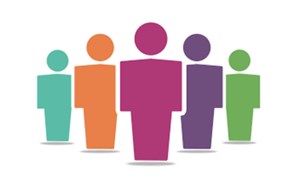
3.The MEAN (average) bonus pay gap is 69.98%.
The mean bonus gender pay gap is the difference between the average bonus pay of relevant female employees and the average bonus pay of relevant male employees, expressed as a percentage in favour of men.When comparing mean bonus pay, women’s mean bonus pay is 69.98% lower than men’s. At present, there are fewer women in senior management roles that typically include a higher bonus as part of their package. For the period reported, the executive and senior leadership were predominantly male and only 30% women placed in the top quartile pay band where bonuses typically are highest, therefore creating a bonus disparity.
4.The MEDIAN bonus pay gap is 89.02%.
The median bonus gender pay gap is the difference between the median bonus pay of relevant female employees and the median bonus pay of relevant male employees, expressed as a percentage in favour of men, for the same reasons as stated above.
The next few charts show the breakdown of bonuses by location.
5a. The percentage of males receiving a bonus is 99.30%.
5b. The percentage of females receiving a bonus is 93.86%.
5c. The percentages of males and females receiving bonus pay across the UK are shown below.
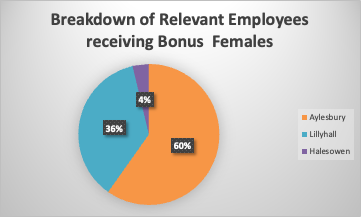
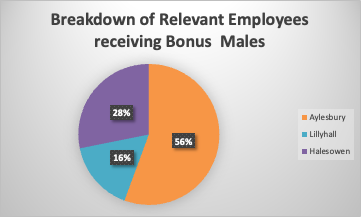
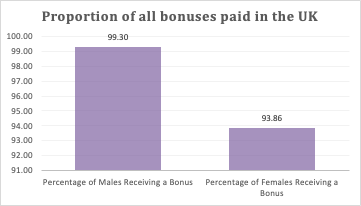
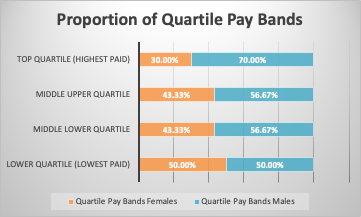
What we have done and what we will consider doing in future at ACCO in order to address the gender pay gap and improve gender diversity
ACCO Brands EMEA made an open commitment early in 2021 to measurably increase the representation of women in leadership by 2025, as below